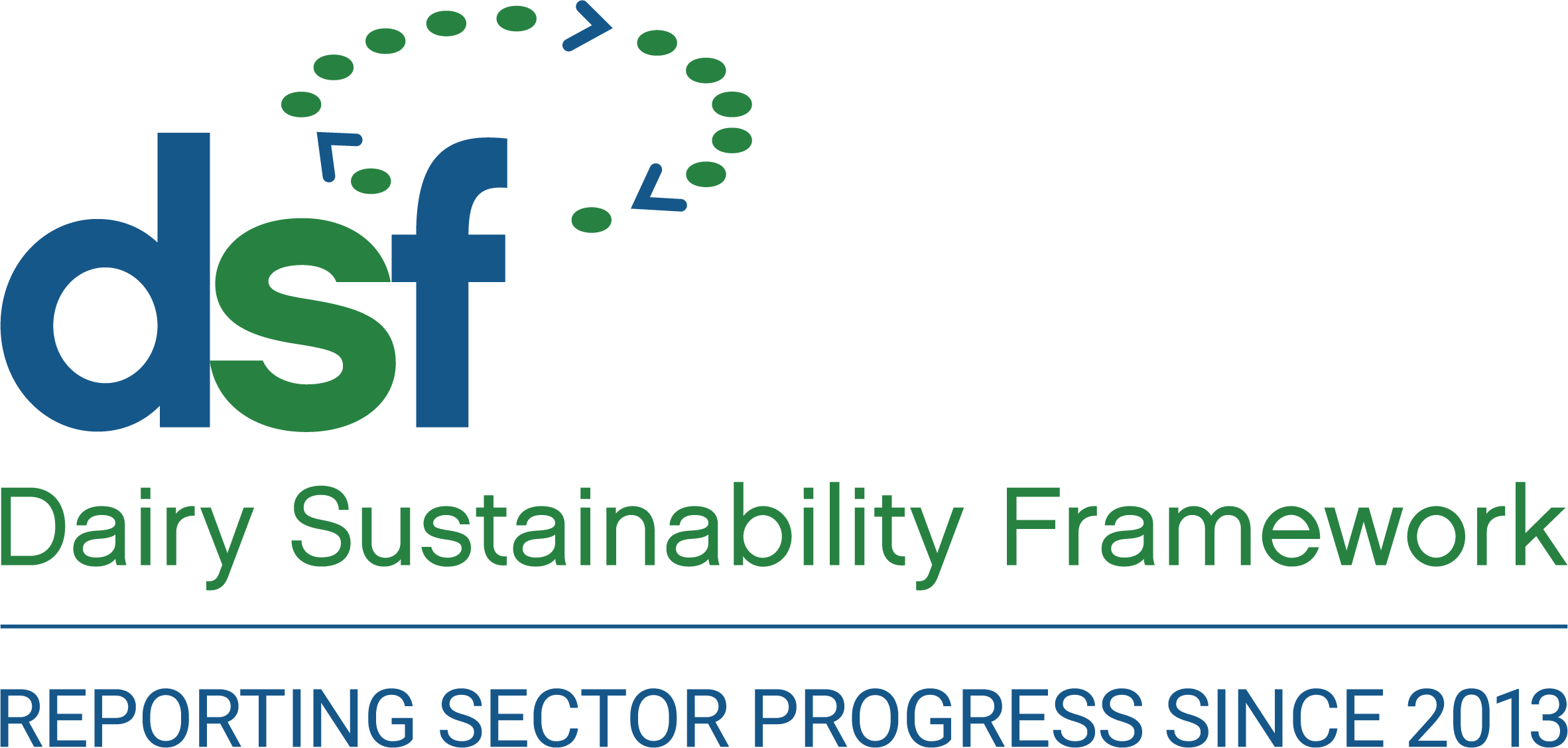- Strategic Intent: Waste generation is minimized, and where unavoidable, waste is reused and recycled.
- Indicators:
1. Waste from farm level: Implementation of a waste management plan (WMP).
2. Waste from processor level: Mass of waste to landfill per year.
- Theory of change:
Waste Management Plan: A well-developed WMP will help farmers understand their direct and indirect waste impacts and identify the strategies being taken to reduce waste on the farm. The elements should include identifying the sources of waste on the farm, identifying or establishing a baseline of existing waste production, and selecting management practices and goals. Creating a benchmark of existing practices and priorities will help determine whether management changes have resulted in the desired outcomes. Animal manure is not considered a waste product, but rather a co-product of dairy production.
- Mass of waste to landfill: Waste to landfill is a tangible number that many producers already track. Comparisons of annual numbers can determine whether waste generation is being minimized and if waste is being diverted from the landfill to be reused or recycled. This comparison will help determine whether management strategies have resulted in the desired outcomes.
- Reporting Strategy: Each participating member organization that has prioritized this criterion will define what constitutes a WMP. Member organizations will report the number of their farmers who have implemented the WMP during the reporting period. They will also report the amount of waste that they have ‘sent’ to landfill for the 12-month reporting period.
- Reporting Schedule: Baseline established 2019 Annual reporting period is calendar year (January 1- December 31) Reports submitted to DSF by March 31 each subsequent year

